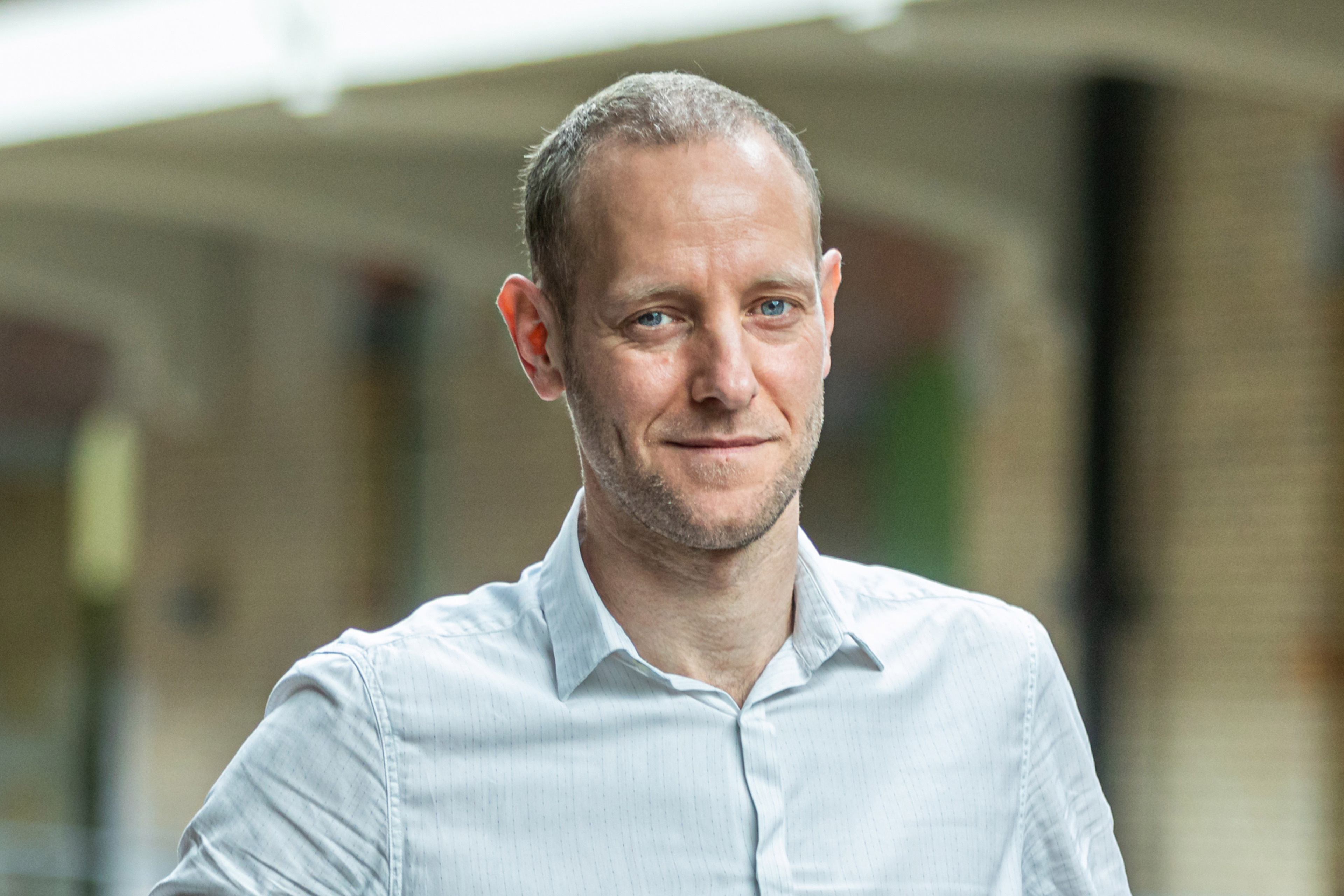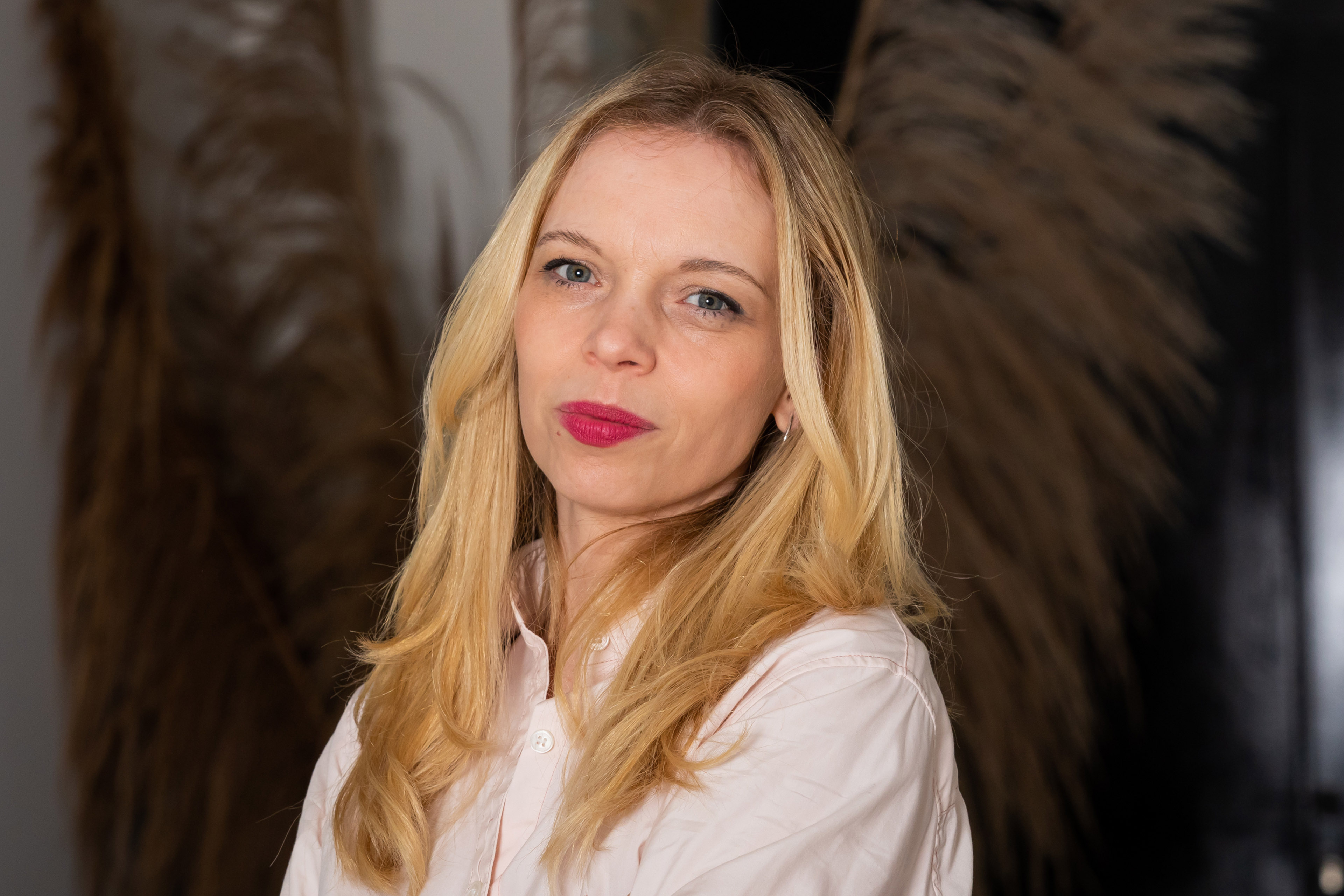Our client is an expert in textiles and other materials, but not in solar energy. To successfully pivot their product from agriculture to solar farms, we needed to leverage EY’s global network of solar experts and organize a 12-week project divided into six distinct innovation sprints. Each sprint was structured to focus on critical triggers that would guide the development of the product and its market entry:
Sprint 1: business model and value proposition review
We began by evaluating Magnifield’s business model and refining its value proposition. The reflective textile, initially designed for apple farming, needed a new direction for the solar energy market. Our team helped clarify the benefits, such as increasing solar panel efficiency, to ensure a strong market fit.
Sprint 2: product and design updates for IP
To align the textile with solar energy applications, we roadmapped necessary product updates and reviewed potential intellectual property (IP) implications. Our team provided recommendations to protect and extend the patentability of the new product, ensuring it could scale globally.
Sprint 3: international regulatory landscape
Solar energy projects are subject to complex regulations, especially in sustainable solutions. We investigated the regulatory environment in key markets to navigate any obstacles and optimize the launch strategy. Understanding these regulatory challenges was crucial to ensure the product could be commercially viable.
Sprint 4: prototypes and pilot projects
With the business model and regulatory concerns addressed, we launched a series of prototypes and pilot projects in bifacial solar panel applications. This process allowed us to test and fine-tune the product, increasing overall energy yield by 9.5% in solar farms.
Sprint 5: assessing product viability
We assessed the final product's viability, both from a technical and commercial standpoint. By validating performance improvements and exploring financial models, we positioned the textile for large-scale deployment.
Sprint 6: target market identification and product-market fit
Our experts identified the most promising markets for the product. By examining global solar trends and conducting interviews with solar developers, we pinpointed regions with the highest potential for success. This included identifying partners, investors, and key stakeholders for market entry.
The project took place during the winter of 2022, when energy markets were under immense pressure due to rising fossil fuel prices and a global demand for sustainable alternatives. Solar energy was seen as a critical solution, but private consumers would see limited benefits from the reflective textile. Instead, our client needed to move from pilot testing to full-scale commercial deployment, targeting larger solar farm developers. EY’s global network enabled us to connect Magnifield with key partners to accelerate this process.







